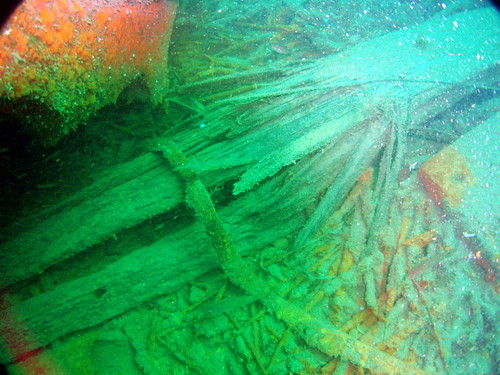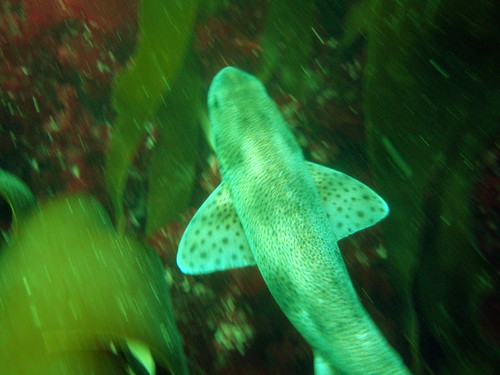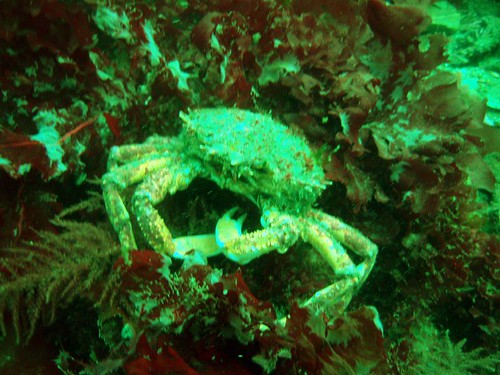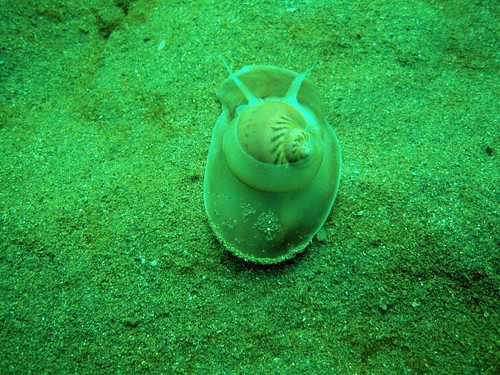My last summer student of the season just finished. For the past eight weeks I've been supervising James Wong and Steve Hooton as they attempted to wrestle with projects entitled "Bacterial Treasure! Secrets of Shipwrecks"...an excellent example of naff titling. They were both looking at different aspects of bacterial diversity in some quite tricky samples - lumps of wood rescued from the wreck of the James Eagen Layne, a Liberty Ship torpedoed on 21st March 1945 on her maiden voyage and currently sat 24 m down in Whitsand Bay. She was carrying US army military cargo, which included tanks parts and pick axes, and a deck cargo of motorboats and timber; it is samples of the timber that we managed to get our hands on.
My dad is an advanced diving instructor and he and some of the other instructors at Fort Bovisand were kind enough to dive down to the JEL and extract some samples of timber. Not as easy a process as it sounds when I demanded as little handling as possible of the samples by the divers to maintain the natural bacterial population of the samples. They added tags to the zip-lok bags that I provided them with and also a method of cleaning the knife used so that, although it wasn't sterile, it wasn't contaminating the samples with grease used to protect the blades of divers' knives - as you can see below:
And this is a piece of wood that was actually sampled (the end was trimmed off one of those loose spars):
And just to prove that there's big stuff down there for those who like their organisms larger: gratuitous dogfish, spider crab and sea-snail shots (all photos taken by my dad!):


Another tricky part of the exercise was actually getting the samples from Plymouth to Liverpool as they needed to be stored in dry ice - with a little help from some friends at the Diving Disease Research Centre and Plymouth Marine Laboratory we were able to purloin some dry ice and get the samples couriered up. Then the fun began!
James was sponsored by the Society for General Microbiology and concentrated on attempting metaproteomics on the samples, looking for cellulases and chitinases. He used protein gels to look at some strains of bacteria that had been isolated from the same area. Steve concentrated on extracting DNA from the wood samples and using DGGE (denaturing gradient gel electrophoresis) to characterise the populations of bacteria in the different samples and was sponsored by the Nuffield Foundation. Both projects were a tall order and both students rose to the challenge. Our major problem was the nature of the samples themselves, the wood wasn't very degraded and there was evidence that it had been treated in some way (a strong smell of bitumen when some of the samples were freeze-dried was a give-away!). There wasn't likely to be much DNA or protein present in the samples, and the presence of co-extracting compounds was likely to foil down-stream analyses. In the end, after many attempts of different methods and James' and Steve's tenacity, it became clear that we weren't going to be able to extract any DNA or protein from the samples. A bit of a shame, but not really the ultimate aim of the projects.
These summer studentships are a great opportunity for undergraduates between their second and final years, to get experience of a working lab and of carrying out a defined piece of research, with all the frustrations that go with that intact. I was lucky enough to do one myself as an undergrad, at the Marine Biological Association with Willie Wilson and it really gives you a taste for research. Plus as the students are new to the subject and the methods and full of enthusiasm, it's good to view things through their eyes when it's easy to become jaded.
We never managed to find any bacterial treasure (or even a scrap of DNA or protein) but hopefully they both enjoyed themselves and they'll certainly get a head-start in their final year research projects. Both my students from last year are now doing PhDs or applying for them and knowing that a summer project may have helped them decide to go ahead with that (or at least not put them off it) is a really satisfying feeling. Hopefully James and Steve enjoyed themselves too!
Friday, 14 September 2007
Secrets of Shipwrecks
Posted by
Mike
at
15:03
![]()
Labels: bacteria, diving, Nuffield, SGM, shipwrecks, Summer students

